Home > SMT Assembly News
Although a solder ball is present in Figure 1, it should have been referred to as a solder attachment rather than a ball. The solder has wet the track due to failure of the resist coating. The coating may have failed as it was applied over a tin/lead coating on the tracking or due to poor print thickness control. Care must be taken to ensure operators recognize the difference as any attempt to remove this type of ball manually will result in a damaged track.
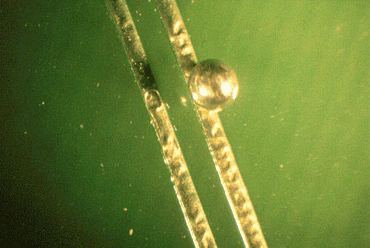
Figure 1: Manual removal of this solder attachment will damage the track.
Solder balling can be caused by poor process conditions with gassing from the flux during wave contact or excessive turbulence as the solder flows back into the bath which causes spitting. Solder balls can be ejected from the joint area during soldering due to excessive outgassing of the PCB. In Figure 2 shown a solder ball is attached to the base of the board on the edge of the resist and must have attached itself to the resist as it separated from the pin.
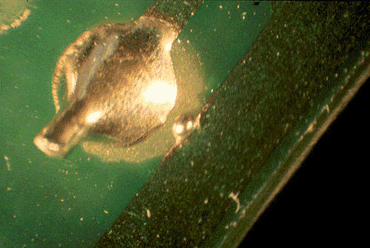
Figure 2: This solder ball must have attached itself to the resist as it separated from the pin.
In Figure 3, a solder ball is attached to the base of the board on the edge of the resist and must have attached itself to the resist as it separated from the pin.
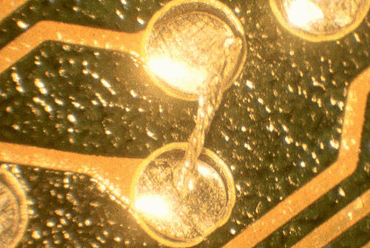
Figure 3: Another solder ball attached to the edge of a resist.
Care should be taken with some solder balls. The example in Figure 4 is on a track and cannot be just knocked off. It is caused by squeeze out of the tin/lead from under the solder mask. or just simple adhesion. As the tin/lead becomes liquid during reflow or wave soldering, the tin/lead expands. The solder ball can form on a track. If the solder resist is thin, solder can wet during wave contact and leave a ball.
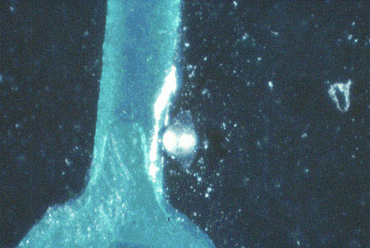
Figure 4: Solder on a resist can wet during wave contact and leave a ball.
Solder balling during wave soldering has always been around, but the elimination of cleaning after the soldering operation has made it more visible as a process problem. In the past, the solder balls were washed off the board surface during cleaning, out of sight out of mind!
Solder balls are caused by a number of process parameters. In Figure 5, the position of the balls is random. This type of defect is normally caused by spitting from the surface of the wave, which is associated with wave soldering parameters. If the solder is falling a distance from the printed board as the wave separates, the solder can literally splash back from the bath. If the preheat is incorrectly set or the quantity of flux applied increases, the evaporation of the solvent from the flux may be affected. Using a glass plate over the wave should show up the gassing problem. Ideally there should be minimal bubbles visible below the glass when it contacts the wave. The compatibility of the resist and flux should be examined; often the mask can contribute to solder ball adhesion.
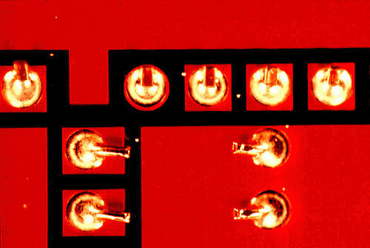
Figure 5: Solder balls on this board were caused by spitting from the surface of the wave.
The causes of solder balls are numerous, and they have always been present on the bottom side of printed boards. It has been the increase of the use of no clean low residue soldering that has focused more attention on the problem.
Regardless of the cause, if the solder balls do not adhere to the solder mask when leaving the solder wave, the problem is mostly eliminated. Selecting the best solder mask is the best solution to making a board design robust.
Solder balls are caused by gassing and spitting of the flux on the surface of the wave or by solder literally bouncing back from the solder wave. This is caused by excessive back flow in air or too high a drop in nitrogen environments.
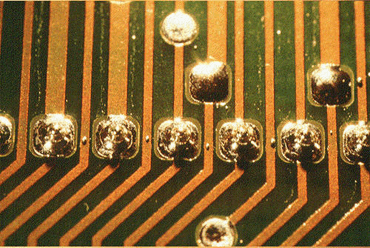
Figure 6: More solder balls caused by spitting.
In Figure 7, the solder balling is random and more likely the result of solder balls spitting or bouncing up from the solder wave. This is caused by volatile materials still remaining from the flux or the height of the wave separation. Try using a piece of white card placed over the wave. Leave it there with the wave running but without boards being processed. Then try the same test with boards going through the machine. This will pinpoint the cause of the problem.
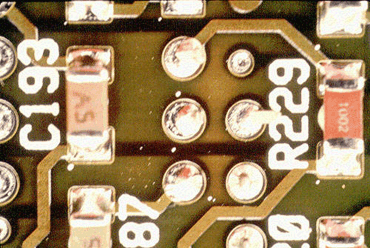
Figure 7: More solder balling caused by spitting. Place a white card over the wave to pinpoint the cause of the problem.
Keywords:
SMT Reflow Oven, Lead free Reflow Oven, Reflow Oven Manufacturer, LED reflow oven, PCB Reflow Oven, Nitrogen Reflow Oven, Dual Rail Reflow Oven, China Reflow Oven, wave soldering machine, Dual Rail Wave Soldering Machine, Nitrogen Wave Soldering Machine, Wave Soldering Machine Manufacturer.




Contact: Mr Tommy
Phone: +86 13691605420
Tel: +86 -755-85225569
Email: tommy@flason-smt.com
Add: 94#,Guangtian Road,Songgang Street,Bao an District Shenzhen China